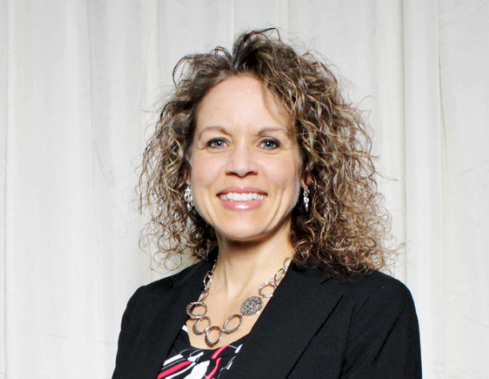
A little-known benefit from the Veterans Benefits Administration called the Aid and Attendance Pension is available to help qualifying veterans and their spouses receive assistance with the chores of daily living to age safely in place.
The benefit is a tax-free, monthly, monetary payment available to certain wartime veterans with financial need, and their survivors. It is designed for veterans who do not have a service-connected disability resulting from their military service and is available for those who need the “aid and attendance” of another person for their routine daily living activities on a permanent basis.
These five basic activities of daily living, or ADLs, include eating, bathing/grooming, dressing, continence (using the toilet), and mobility (transferring, walking). Home care agencies provide aides who can assist those who need help with activities of daily living. Aid and Attendance helps wartime veterans and spouses pay for that assistance.
To qualify, a veteran or veteran’s surviving spouse needs to meet three levels of criteria, or what we call the three “M’s.”
Three M’s
Military service is the first consideration. A veteran, or the surviving spouse of a veteran, must have served at least 90 days on active duty, at least one day during wartime. This must include an honorable or general discharge. (Persian Gulf War veterans must have two years of active duty or the full period for which they were called for active duty.)
A medical condition is the second criteria. A non-service connected medical issue that causes the individuals to need assistance with activities of daily living is also required.
Money is the third consideration. Individuals (or married couples) must have a net worth of less than $130,773. (limit established by Congress Dec. 1, 2020). A primary residence and value of automobile are not counted as part of the net worth. Ongoing nonreimbursable medical and long-term care expenses may also reduce one’s countable income.
Service during one of the VA defined war periods is also required. These dates include World War II, Dec. 7, 1941–Dec. 31, 1946; the Korean conflict, June 27, 1950–Jan. 31, 1955; the Vietnam era, Aug. 5, 1964–May 7, 1975. Veterans who served from Feb. 28, 1961–Aug. 5, 1964, must have served “in country” (Vietnam). The remaining period is the Persian Gulf War, Aug. 2, 1990– date yet to be determined.
Securing benefits
Social workers play a key role in helping the veterans and their families understand the nuances of securing the Aid and Attendance Benefit. Typically, the trigger that gets social workers involved is a hospital stay. When older patients transition from a hospital or rehab facility back into a home environment, they often need help with daily activities.
One successful example of a veteran who was able to secure and utilize these benefits was Albert Warren, a Korean veteran. He was a patient at a rehabilitation center in Texas. A widower, he was referred to in-home care through the VetAssist Program from Veterans Home Care. He was able to live at home for seven years before his passing on at age 86.
A 90-year-old woman, Catherine DeNova, and her daughter were also able to secure the benefits of the Aid and Attendance pension also through VetAssist. DeNova had a pacemaker and suffered from congestive heart failure. She was a surviving spouse of a World War II veteran. She had relied solely on her daughter to manage her care. They secured in home care, improving Catherine’s quality of life and giving her daughter respite care. DeNova continued receiving her VA benefits for private duty home care for almost two years before she passed away.
A New Jersey World War II veteran, Robert Benden, was a cancer survivor with a pacemaker. The 99-year-old did remarkably well using a walker. He even lived alone in New Jersey with help from his daughters nearby. During a hospital stay, his social worker realized this family could benefit from a home care aide. They pursued and secured the VA Benefit for in-home care. Benden loved his home care aide and enjoyed almost two years of service before his death at age 101.
A social worker can help veterans, their surviving spouses and their families secure the proper information to determine if the individual qualifies for the Aid and Attendance Pension. They can also help refer the patient to an agency to help with the processing of the paperwork to ensure a positive result in as little time as possible.
Dana Taylor is a licensed clinical social worker and a Veterans Home Care regional manager who serves Southeast Missouri from St. Louis to the bootheel. Veterans Home Care is a private company, not affiliated with the VA or any government agency. Their VetAssist Program offers in-home care and other services right away with no out-of-pocket costs and no waiting for VA funds to arrive for those who qualify. Taylor routinely meets with professionals from home care agencies, home health agencies, hospitals and veterans’ organizations as a subject matter expert on the VA Aid and Attendance Benefit. She also works directly with veterans and their families. Taylor, the daughter of a veteran who received a Purple Heart for his service in Vietnam, is honored to serve veterans every day.
This article originally appeared on McKnight's Senior Living



